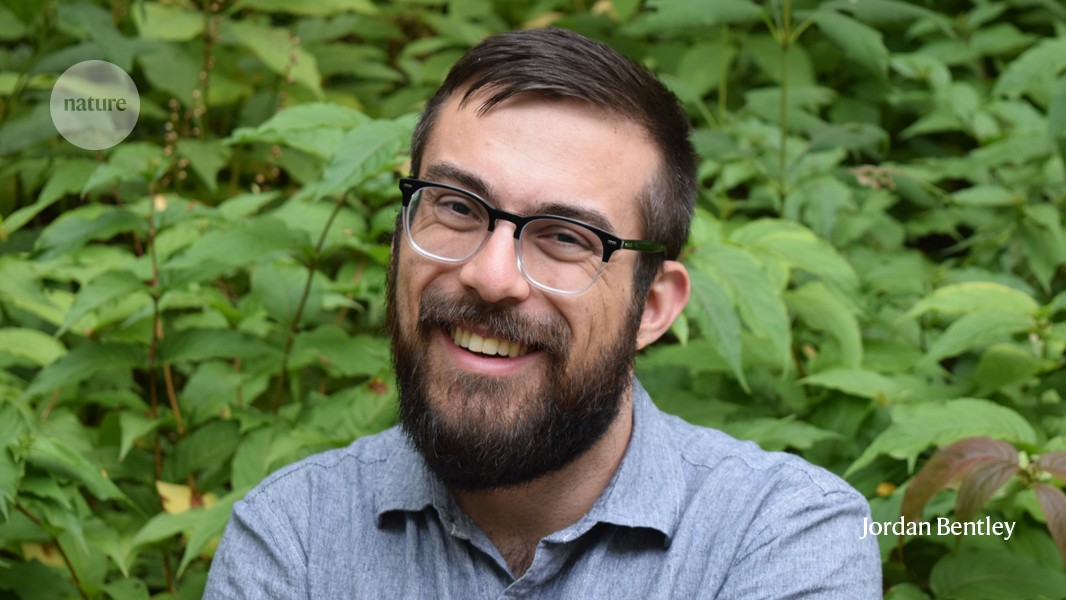Having a disability reduces your chances of becoming a chemist. Statistics are rare but tell the whole story. For example, in 2021, around 22% of the UK population declared a disability. However, in a survey of chemists conducted by the Royal Society of Chemistry (RSC) in 2022, only 5% of responding members self-identified as disabled, and zero were members of RSC journal editorial boards (see go.nature.com/3uqtjgy). Disability-related barriers are found around the world. They are also compounded where other marginalized identities intersect (e.g. gender, sexuality, race, ethnicity, etc.). Learning environments and workplaces need to provide better access and support. Three chemists explain some of the challenges faced by people with disabilities in their fields and suggest ways to foster progress in chemistry accessibility.
Blaine G. Fiss: One step at a time
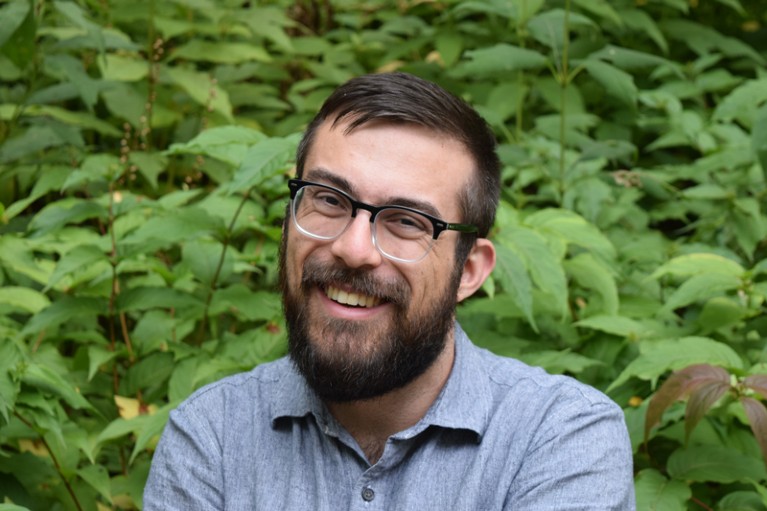
Inorganic chemist Blaine G. Fiss says a lot of lab equipment is inaccessible to scientists with disabilities. Photo by Jordan Bentley
My interest in chemistry began at the age of five, when my parents gave me a chemistry set as a birthday gift. I remember using the chemistry set while sitting in a wheelchair. Watching acids and bases interact and change color on the pH paper sparked my interest in how the world worked. My interest grew throughout my school years as I learned how molecules and materials are made to solve humanity’s greatest challenges. Early in my studies, I was drawn to nanomaterials that serve as medicines and diagnostic tools, but during my junior year, a passionate inorganic chemistry professor set me on a different path. Joining his research group ignited my passion for the field of materials with applications in clean energy.
Living with cerebral palsy, I am a little unsteady when it comes to walking and I face daily challenges that affect my stability, lower body strength, and fine motor control. These make many aspects of synthesis and characterization facilities rather inaccessible. Even the most common tools are obstacles. Equipment that restricts movement can be difficult or impossible for a physically disabled chemist to use. This is the case, for example, with glove boxes, where air- and moisture-sensitive experiments are performed, or with connected tubes and flasks that allow reactions to be performed under an inert atmosphere. Also, the nuclear magnetic resonance (NMR) spectrometers routinely used to identify molecules require samples to be placed in small tubes that are mounted on top of the equipment, often at a height of about three meters. When I started my PhD at McGill University in Montreal, Canada, I could access each spectrometer using a small unsupported step ladder placed at the bottom. However, I lack the balance and coordination to put myself in such a precarious position to insert and remove samples.

A culture of ableism in academia exposed
Initially, I worked around this problem by asking a colleague for help. Realizing that this was an inconvenience, the NMR facility manager quickly arranged for the wobbly ladder to be replaced with a full wooden staircase with handrails. This seemingly simple change allowed me to regain my independence and become more confident in the day-to-day aspects of my research life. But not all chemists can climb stairs. Fitting all spectrometers with waist-height autoloaders would make them more accessible.
This illustrates what I feel is a significant barrier facing scientists with disabilities: limited access to facilities and equipment, buildings and laboratories. Massive improvements and adaptations are needed for general accessibility. It is unrealistic to think this will happen overnight, but small adjustments will need to be made on an ongoing basis. Over time, it will benefit everyone.
To this end, the chemistry community should include the voices of chemists with disabilities in guiding discussions about lab planning and supporting funding and grant support for more accessible equipment. I am optimistic that this will happen. Academic environments and the chemical industry should continue to transform to fully welcome and support chemists with disabilities.
Laena Dalton: Accommodation is the key to equity
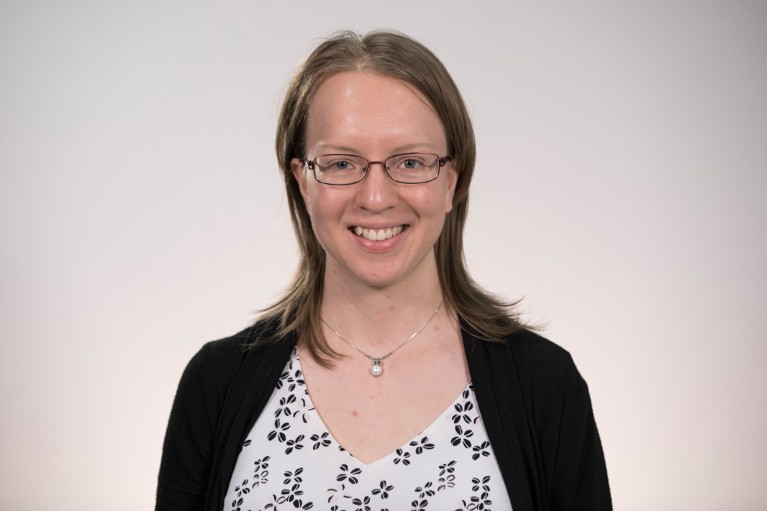
Laena Dalton finds that making PhD programmes more flexible could improve access to chemistry. Credit: La Trobe University
In 2012, as an undergraduate, he contracted a virus from which he never fully recovered and became chronically disabled.
As a disabled chemist, I have faced numerous challenges. For example, commuting, repetitive movements, and long periods of standing and traveling are difficult and sometimes impossible. I never feel fully healthy. Noise, lighting, smells, and visual clutter all exacerbate my condition. I have developed ways to work sustainably and efficiently, such as planning short experiments, working during quiet times in the lab, using earplugs to muffle background noise, and working primarily from home.
With the practical help of an incredibly supportive family and my supervisor, I managed to get through the first two years of my PhD by strategically taking time off, both annual leave and leave of absence (as my scholarship allowed). However, my hours became unsustainable and I switched to part-time work. This was not easy, as it required multiple approvals (and if I was an international student, I would have violated the terms of my visa). The switch also came with financial challenges: I could not survive on my part-time scholarship alone. I was lucky to find temporary work, but it was a precarious situation.
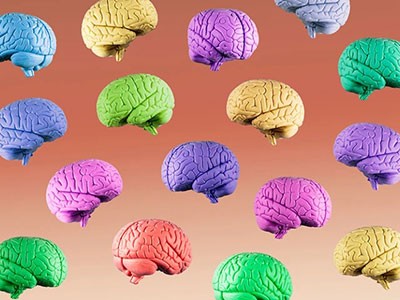
How science works for neurodiverse people
Part-time options are rare, even though many people need them for a variety of reasons, including disability and caring. There is also a prejudice against flexible arrangements during doctoral studies. This may be due in part to the lower completion rates of part-time students than full-time students (M. Torka Aust. Univ. Rev. 62, 69–82; 2020). However, this does not mean that graduate students are to blame, but that the support they receive needs to be optimized. Part-time career options with realistic workloads and adequate support at all levels of academia would go a long way to improving access to the chemistry field.
As a recent PhD graduate, I face a further set of institutional barriers that are unfortunately not unique to me or to Australia.
For example, conferences are often crucial for career development, and not attending conferences can derail careers by missing out on research presentations and networking opportunities. Yet many people cannot easily or at all attend in-person events. Travel from Australia to international conferences is already long and expensive, even before factoring in disability-related challenges. Venues are often physically inaccessible, interpretation and live captioning are nearly nonexistent, programs offer few opportunities for breaks, and few measures are in place to reduce the spread of infectious diseases. While more conferences are now online or hybrid, virtual participation is typically limited to passively listening to talks. Bringing the social aspects of conferences online would make a huge difference to equity in academia.

Haptic Chemical Modeling
Although government policies exist in many countries around the world that protect disabled and neurodiverse employees from discrimination, day-to-day experiences often tell a different story. Laboratories are poorly designed, for example rarely having wheelchair access or height-adjustable benches or fume cupboards. Accessibility and workplace facilities are often treated as if they were merely personal preferences, and the most common advice I received is not to apply for facilities and not to disclose one’s condition. Furthermore, accommodations offered to undergraduate students are often not available to doctoral students or university staff. For example, students can attend courses online, but teachers must deliver lectures face-to-face.
Disabled, chronically ill and neurodiverse people have a wealth of experience and knowledge and contribute in positive ways to universities and the workplace. Progress has been made in Australia over the past decade in terms of accessibility and inclusion and we hope that this trend will continue. However, the national unemployment rate for disabled people (around 10%) has changed little over the past 20 years and remains twice as high as that of non-disabled people (see go.nature.com/3sfqjb3). Workplaces need to involve disabled, chronically ill and neurodiverse people when developing or revising policies and arrangements. In particular, organisations need to consult with people who have dropped out due to lack of accessibility and avoid “survivor bias” (where only those who remain are consulted).
Scientists are already innovating in the field of science, but there is an urgent need for them to innovate in the way science is conducted.
Naumi M. Noah: Teaching with an Open Heart
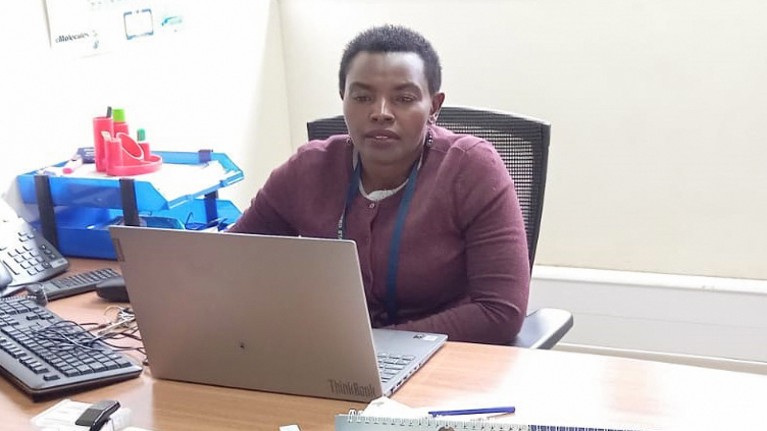
Naumi Noah strives to teach in an inclusive manner for all students. Credit: Naumi Noah
It is important to keep in mind that chemists with disabilities face many barriers to full and equal participation, and many barriers are invisible. Students with disabilities can be successful in chemistry courses and careers if they have access to class content and activities. While seemingly obvious, this depends on teachers and instructors adopting strategies that allow all students, including those with special needs, to benefit.
Technology can offer some solutions – for example, laptops can help students whose fine motor skills affect pen use. But in Kenya, where I work, there are big gaps in the support provided in secondary and tertiary education. There are specialized secondary schools and programs for students with disabilities that prevent them from learning. These offer more support than mainstream schools and are staffed by trained teachers. But Kenya does not have specialized universities, so students who leave such schools and go on to tertiary education have to navigate big gaps in available support.

Bring a dog: How institutions and colleagues can help scientists who need support animals
From my experience, many university lecturers do not know if their students have disabilities. And for various reasons, it can be difficult for students to disclose their disability. Often, this means that their needs cannot be adequately accommodated, and students with disabilities are excluded from the learning process. For example, some students take longer to learn, while others have shorter attention spans. This can be misinterpreted as disrespectful to the lecturer. In turn, this perception tends to have a negative effect on the student, and they do not receive the attention they need. Providing university lecturers with training in supporting students with visible and other disabilities can prove to be very beneficial.
When I noticed that some students were not doing as well as they should in my classes, I engaged with them and realised there were invisible barriers. I organised and attended a training workshop on inclusive education for chemistry lecturers, funded by the Royal Society of Chemistry. This workshop influenced both my perspective and teaching methods. To cater for different learning styles and abilities, I now incorporate visual aids, demonstrations, hands-on experiments and oral explanations in my lessons, all the more so in chemistry, which is a visual and hands-on subject. I also try to be more flexible and patient with my students in my classes, allowing them to demonstrate their understanding in different ways, not just through desk-based tests with limited resources and time. I especially found in-class activities such as student presentations, which allow students to express their ideas orally, very helpful.
One simple step has had a huge positive impact: letting students know I am inclusive when we first meet. I make it clear in my classes and syllabi that students can come to me confidentially about any struggles they may have if they wish. This has allowed students to move forward, and I have worked with them to provide accommodations. And I strive to incorporate these things into my own teaching practice to serve others, whether they are aware of their needs or not.

